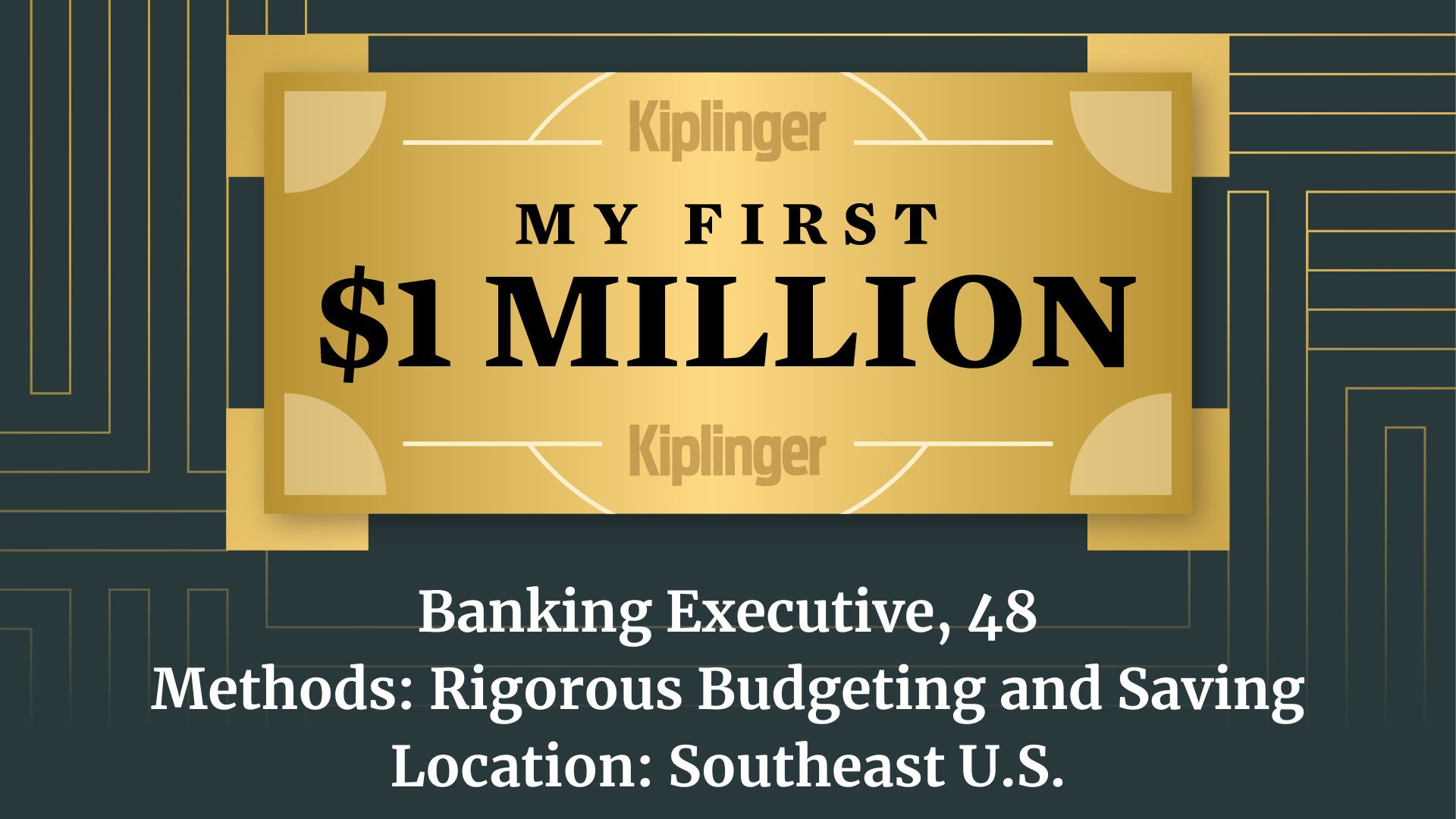Tiny Companies, Huge Potential
Micro-cap funds are risky, but they often lead the way out of bear markets.

Although security is an admirable concern in a down market, investors could be doing something better with the $3.5 trillion they've tucked away in money-market funds. You won't get rich earning 1.9%, the recent average money-fund yield. Rather, you'll make the big bucks with bold moves that may appear foolhardy at first. Today, one of those moves appears to be stashing money in micro caps -- the smallest of small companies.
A chorus of bears is growling at the little guys. The Russell Microcap index lost 16% over the 12 months to August 1, five percentage points more than Standard & Poor's 500-stock index's 11% decline.
Spooky stuff, sure. Some minuscule companies may be on shaky financial ground. And, unlike big multinationals, they don't benefit as readily from growth abroad and can get sucked more easily into the undertow of a recession. Plus, small-company stocks enjoyed a big winning streak heading into this bear market, and you have to wonder whether they have the steam for a reprise.
From just $107.88 $24.99 for Kiplinger Personal Finance
Become a smarter, better informed investor. Subscribe from just $107.88 $24.99, plus get up to 4 Special Issues

Sign up for Kiplinger’s Free Newsletters
Profit and prosper with the best of expert advice on investing, taxes, retirement, personal finance and more - straight to your e-mail.
Profit and prosper with the best of expert advice - straight to your e-mail.
For all of that, micro-cap stocks could lead the way out of this down market. Managers who have spent their careers watching these stocks say they haven't seen so many good companies trading so cheaply in decades. Small-company stocks tend to rise first and farthest coming out of a bear market, partially because they often give up more on the way in. In 2003, as the market raced out of bear territory, the S&P 500 gained 29%, but the small-company Russell 2000 tore ahead with a 47% leap.
Solid results. Micro caps carve an erratic path. But long term, the bumps smooth into a historical return of nearly 14% annualized, compared with big com-panies' historical 10% gain.
Bull stampedes in micro caps can gather steam in a flash. What's a levelheaded investor to do? Ease yourself in. Begin putting small sums every month into a micro-cap fund now, and you'll neither miss the rally when it comes nor lose a pile in the meantime.
You won't find the likes of Fidelity or Vanguard on the shortlist of micro-cap-fund sponsors. This universe isn't suited to multibillion-dollar funds. Among shops that specialize in smaller companies, you can hardly find a stronger set of offerings than among the Royce funds -- Royce Micro-Cap (symbol RYOTX in particular. Whitney George and Jenifer Taylor co-manage the fund, and they benefit from six other managers and analysts who follow micro caps.
All that brainpower first goes into eliminating companies with an unhealthy amount of debt. "If you find a good balance sheet, you know there's a rock bottom" to the stock price, George says. He and Taylor pare the list to companies that generate high returns on equity (a measure of profitability), and they aim to pick up shares when the stock price is down, as may be the case after an unsuccessful initial public offering or an earnings disappointment. The fund owns about 200 stocks, with a view toward owning each for three to five years.
This low-octane strategy has proved adept at containing losses. Between July 11, 2007, when small-company stocks peaked, and August 1, 2008, the fund lost 12%, compared with the Russell Microcap index's 23% fall. But the fund has lagged slightly in go-go years, such as 2003, when the Russell gained 66% and Royce Micro-Cap gained 53%.
Count the manager duo among the dogged bulls. "This is a dynamic universe of companies, and it's the lifeblood of the U.S. economy," George says. The fund is the best choice for investors who want a more moderate play on these volatile stocks.
Have ideas, need cash. Choosing a value fund could be timely, given the number of stocks trading at fire-sale prices. The manager of Aegis Value (AVALX), Scott Barbee, says he feels like a kid in a candy store -- he just wishes that investors would send him more cash to work with. Barbee keeps a watch list of companies trading below tangible book value, which is a conservative way of figuring what a company would be worth if liquidated. Slightly more than a year ago, so few good companies were on the list that Barbee was sitting on $130 million in cash. Now he has about 400 companies on the list, but the cash hoard has vanished because nervous investors drained the assets in his fund from $430 million a year ago to $207 million at the end of July. "We could be investing a lot of money very effectively right now," he says.
Barbee is detail-oriented to the core. His specialty is finding companies with hidden value, such as undervalued real estate or assets that are on the books as liabilities, that the market hasn't yet noticed. Recently, Aegis Value owned 75 names, or a little more than one-third the number in Royce Micro-Cap. Barbee has been with the fund since its inception in 1998, and since then Aegis Value has returned 12% annualized, beating the typical fund that invests in undervalued small companies by five percentage points per year, on average.
Barbee believes that micro caps have been doubly beaten down over the past year as the stock market declined and as investors shifted cash to asset classes, such as large-company stocks, that trade more frequently. He thinks movement out of money-market funds "will potentially be a nice catalyst" for micro caps.
Hunting the next Google. In value-oriented funds, such as the Royce and Aegis products, you miss the thrills and chills of pursuing high-growth companies that could be -- who knows? -- the next Google. But Jim Oberweis is hot on that trail. He looks for minuscule companies growing like kudzu. A business must boast revenue- and profit-growth rates of at least 30% just to merit possible inclusion in Oberweis Micro-Cap (OBMCX).
Quality matters, too. Oberweis hunts businesses that could support profit growth in different economic environments (for example, he's not overdoing it on energy stocks right now), and he particularly likes businesses that are number one in a niche market. "Many small companies have such specialized product offerings that they'll be able to grow even in the face of a U.S. recession," he says.
Small-company growth strategies have lagged small-company value strategies for five of the past eight years, so Oberweis's recent results won't knock your socks off. Year-to-date to August 1, the fund lost 26%, which is 14 percentage points worse than the average fund that invests in small, growing companies. But that's the price funds seeking aggressive growth pay in bear markets. Oberweis Micro-Cap remains an appealing choice for investors who want exposure to turbocharged growth -- in 2003, the fund gained 109%.
The index-like option. If you're agnostic on the growth-value divide, a low-cost index fund may be the best choice. But micro caps are a tough bunch to index because the universe constantly shifts as new companies form, grow, get taken over or go bankrupt. The best index-like fund is Bridgeway Ultra-Small Company Market (BRSIX), which, because it is largely managed by computers, comes with a low, 0.67% expense ratio.
The fund tracks the smallest 10% of companies, by market capitalization, on the New York Stock Exchange. Manager John Montgomery takes liberties to improve performance and control trading costs. He tries to filter out companies on the cusp of going out of business, and he holds only 500 of the 1,700-odd names in the universe.
Those minor tweaks have added an average of about 1.4 percentage points of return each year, relative to the fund's benchmark, the CRSP 10, which tracks that same 10%. From its 1997 inception to August 1, the fund gained 12% annualized.
Profit and prosper with the best of Kiplinger's advice on investing, taxes, retirement, personal finance and much more. Delivered daily. Enter your email in the box and click Sign Me Up.

-
 How to Safely Open an Online Savings Account
How to Safely Open an Online Savings AccountOnline banks offer generous APYs that most brick-and-mortar banks can't match. If you want to make the switch to online but have been hesitant, I'll show you how to do it safely.
-
 7 Ways to Age Gracefully Like the Best Stock Photo Seniors
7 Ways to Age Gracefully Like the Best Stock Photo SeniorsAs a retirement editor, I've gleaned valuable wisdom (and a lot of laughs) from one older couple that tops the seniors' stock photo charts.
-
 My First $1 Million: Banking Executive, 48, Southeast U.S.
My First $1 Million: Banking Executive, 48, Southeast U.S.Ever wonder how someone who's made a million dollars or more did it? Kiplinger's My First $1 Million series uncovers the answers.
-
 Best Banks for High-Net-Worth Clients
Best Banks for High-Net-Worth Clientswealth management These banks welcome customers who keep high balances in deposit and investment accounts, showering them with fee breaks and access to financial-planning services.
-
 Stock Market Holidays in 2025 and 2026: NYSE, NASDAQ and Wall Street Holidays
Stock Market Holidays in 2025 and 2026: NYSE, NASDAQ and Wall Street HolidaysMarkets When are the stock market holidays? Here, we look at which days the NYSE, Nasdaq and bond markets are off in 2025 and 2026.
-
 Stock Market Trading Hours: What Time Is the Stock Market Open Today?
Stock Market Trading Hours: What Time Is the Stock Market Open Today?Markets When does the market open? While the stock market has regular hours, trading doesn't necessarily stop when the major exchanges close.
-
 Bogleheads Stay the Course
Bogleheads Stay the CourseBears and market volatility don’t scare these die-hard Vanguard investors.
-
 The Current I-Bond Rate Is Mildly Attractive. Here's Why.
The Current I-Bond Rate Is Mildly Attractive. Here's Why.Investing for Income The current I-bond rate is active until April 2026 and presents an attractive value, if not as attractive as in the recent past.
-
 What Are I-Bonds? Inflation Made Them Popular. What Now?
What Are I-Bonds? Inflation Made Them Popular. What Now?savings bonds Inflation has made Series I savings bonds, known as I-bonds, enormously popular with risk-averse investors. How do they work?
-
 This New Sustainable ETF’s Pitch? Give Back Profits.
This New Sustainable ETF’s Pitch? Give Back Profits.investing Newday’s ETF partners with UNICEF and other groups.
-
 As the Market Falls, New Retirees Need a Plan
As the Market Falls, New Retirees Need a Planretirement If you’re in the early stages of your retirement, you’re likely in a rough spot watching your portfolio shrink. We have some strategies to make the best of things.